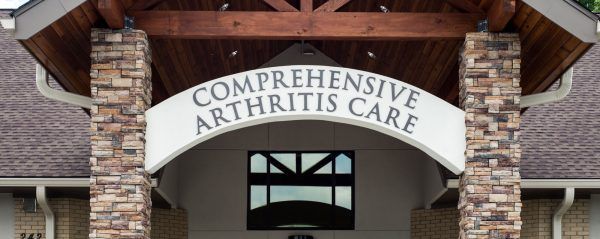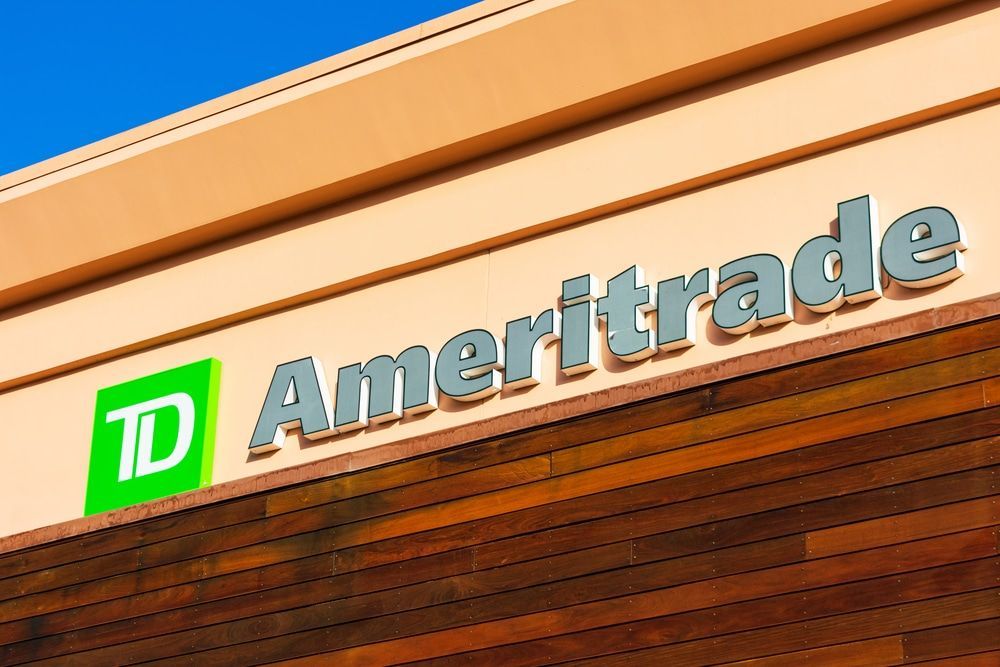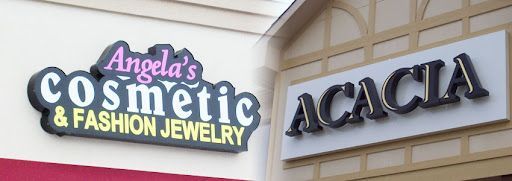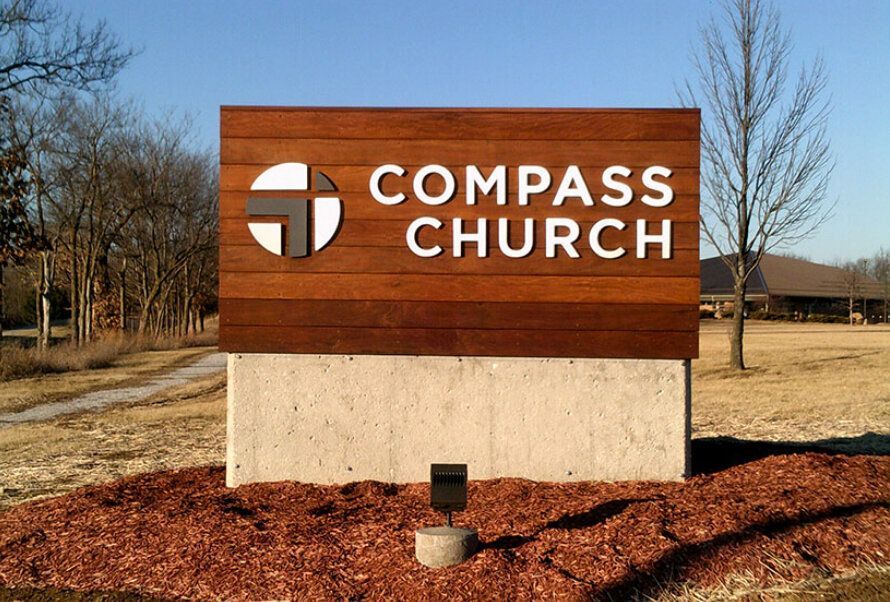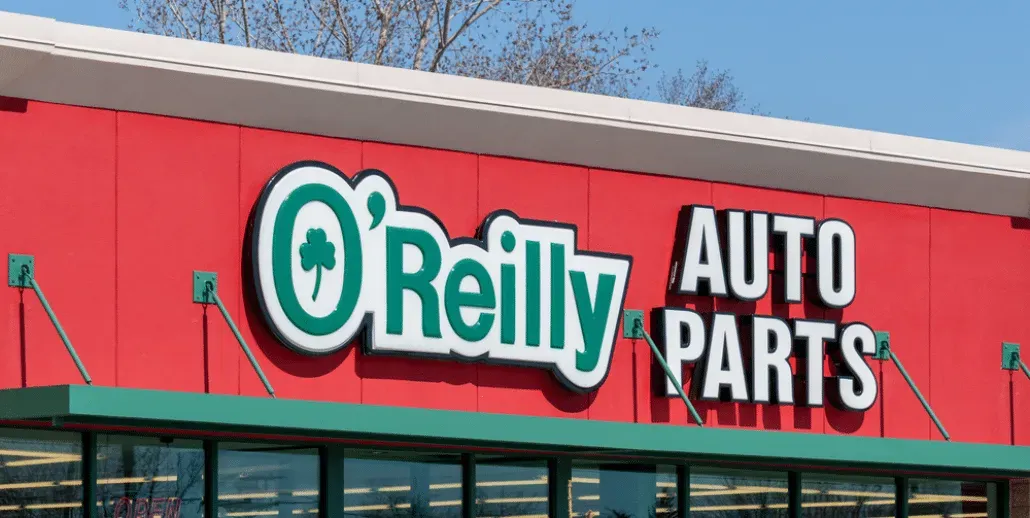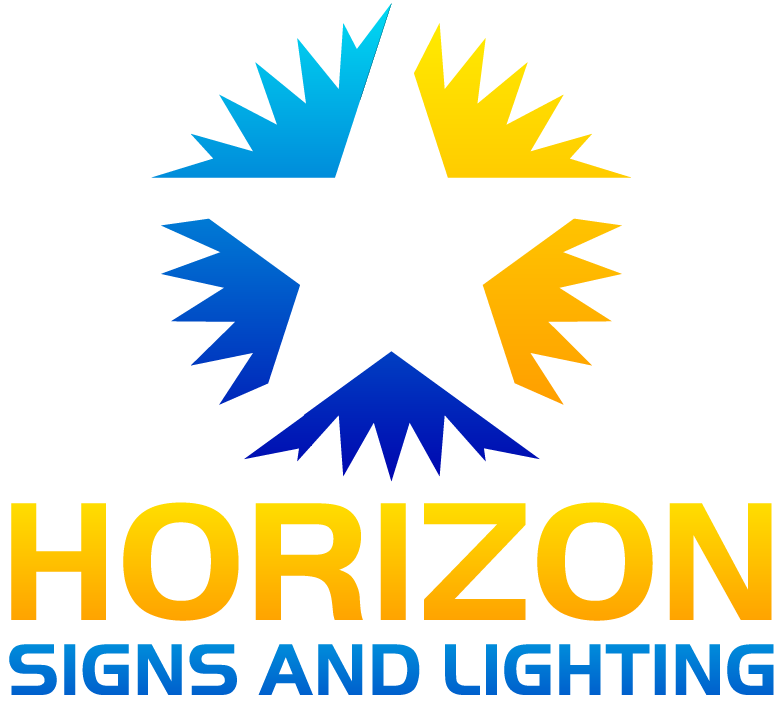What Is a Cabinet Sign and When Should You Use One?
TLDR:
A cabinet sign—also called a box sign or lightbox—is a durable, enclosed sign typically illuminated from within and used to display a business name or logo for high visibility. You should use a cabinet sign when you need a long-lasting, eye-catching signage solution, especially in commercial or high-traffic areas like Texas storefronts, strip malls, or multi-tenant buildings.
What Exactly Is a Cabinet Sign?
A cabinet sign, also known as a box sign or lightbox, is a three-dimensional sign structure consisting of a metal cabinet (usually aluminum), a translucent face (often acrylic or polycarbonate), and internal lighting (LED or fluorescent). It's commonly mounted on walls, poles, or freestanding structures.
At Horizon Sign & Lighting, we often describe cabinet signs as the “billboards of the building” because they:
- Deliver large-format visibility
- Remain legible day and night
- House lighting and messaging all in one weather-resistant structure
Compared to Other Sign Types:
- Channel Letters: These are individual letters, often lit, offering a more modern aesthetic but less flexibility for design elements like logos or detailed graphics.
- Monument Signs: Ground-level signs usually used at entrances or driveways; great for corporate campuses or residential complexes but not ideal for above-storefront use.
Types of Cabinet Signs & Materials
Understanding the variations in cabinet signs is key to choosing the right one. Here's how they break down:
Illumination Types
- Illuminated Cabinet Signs:
Equipped with LED or fluorescent bulbs for nighttime visibility - Best for: 24/7 businesses, gas stations, hotels, clinics
- Non-Illuminated Cabinet Signs:
Cost-effective but limited to daytime visibility - Best for: Low-light areas, budget-conscious storefronts
Sided Configuration
- Single-Sided:
Designed to be mounted flat against a wall - Double-Sided:
Ideal for projecting signs or pole installations for two-way visibility
Mounting Options
- Wall-Mounted:
Installed directly onto building facades - Common in shopping strips or business plazas
- Pole-Mounted:
Elevated visibility, often placed near roads or entrances - Great for gas stations, restaurants, or stand-alone retail
- Freestanding:
Mounted independently on a base or pylon - Useful for multi-tenant signage or directional displays
Common Cabinet Sign Materials
- Aluminum: Lightweight, rust-resistant, and durable
- Acrylic/Polycarbonate Faces: Provide clarity and can be printed with vibrant graphics
- LED Lighting: Energy-efficient and long-lasting
- Fluorescent Lighting: Lower upfront cost but higher energy usage and maintenance
Energy Impact:
Using LED lighting can reduce energy consumption by up to 20–40% compared to traditional fluorescent options. It also lasts significantly longer, cutting down on maintenance.
When to Use a Cabinet Sign: Top 5 Scenarios
Cabinet signs are incredibly versatile. Here’s when they make the most sense:
1. Rented Storefronts or Strip Malls
Many Texas businesses rent their space. Cabinet signs are perfect here because:
- They’re easy to customize without altering the building
- Landlords often approve them due to minimal structural changes
2. Businesses Needing 24/7 Visibility
Examples:
- Gas Stations: Lit signs grab the attention of late-night drivers
- Hotels: Attract highway travelers after dark
- Urgent Care Clinics: Must be seen at all hours
3. Multi-Tenant Properties
Property managers often use double-sided, pole-mounted cabinet signs at entrances to:
- Showcase multiple tenants
- Make updates easy as tenants change
4. Wayfinding and Directional Signage
Large facilities like schools or industrial parks use cabinet signs to:
- Direct visitors
- Label buildings or departments clearly
5. Thematic Promotions or Seasonal Rebranding
Restaurants and retailers can rotate face inserts for:
- Holiday menus
- Seasonal sales
- Brand refreshes
Designing & Fabricating a High-Impact Cabinet Sign
At Horizon Sign & Lighting, we follow a detailed process to create effective signs:
Step-by-Step Process
- Consultation: Understand branding, business needs, and location
- Site Survey: Analyze mounting options, zoning constraints
- Design: Graphic layout, lighting type, materials
- Permitting: Handle city, state, and HOA approvals (especially strict in some Texas suburbs). If you're unsure whether your sign project needs approval, check out our comprehensive
sign permit guide to navigate local requirements with confidence.
- Fabrication: In-house manufacturing ensures quality control
- Installation: Weatherproof mounting, electrical connections
- Maintenance Plan: Lighting checks, panel replacements
Texas Permitting Insights
- Dallas & Fort Worth have strict size and lighting restrictions for illuminated signs
- HOAs in areas like Plano may limit mounting heights or colors
- Permits can take 1–3 weeks depending on the jurisdiction
Maintenance Guide
Factors Affecting Cost
- Size
- Lighting type (LED vs. fluorescent)
- Mounting type
- Custom graphics
Maintenance Tips
- Clean face panels quarterly
- Inspect lighting annually
- Replace worn acrylic every 5–7 years
- LED drivers last ~50,000 hours on average
Warranties & Turnaround
- Most reputable Texas sign shops offer 1–5 year warranties
- Fabrication takes 2–4 weeks depending on design complexity
- Emergency repairs can often be completed within 24–72 hours
Cabinet Sign vs. Other Sign Types
Choosing the right sign depends on your goals and location:
| Sign Type | Best For | Pros | Cons |
|---|---|---|---|
| Cabinet Sign | Versatility, visibility | Durable, customizable, bright | Larger size, not sleek |
| Channel Letters | High-end retail, branding | Modern, dimensional look | Costlier, complex install |
| Monument Sign | Entrances, institutions | Prestige, durable | Space requirement, cost |
| Pylon Sign | Highway visibility | Tall, multiple tenant panels | Zoning restrictions |
